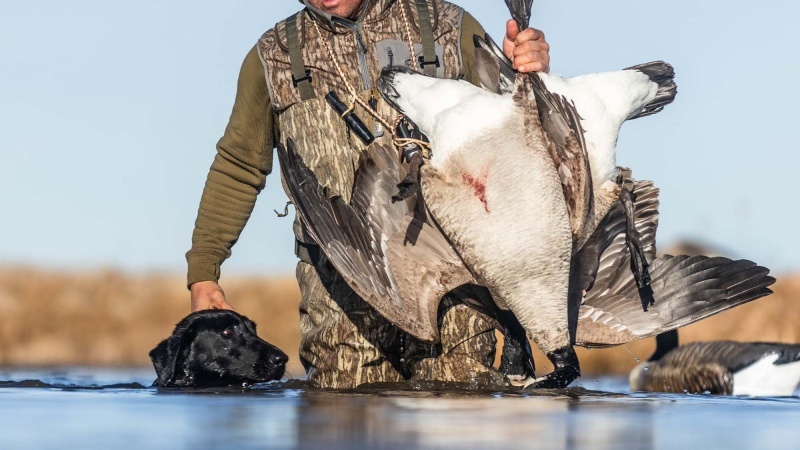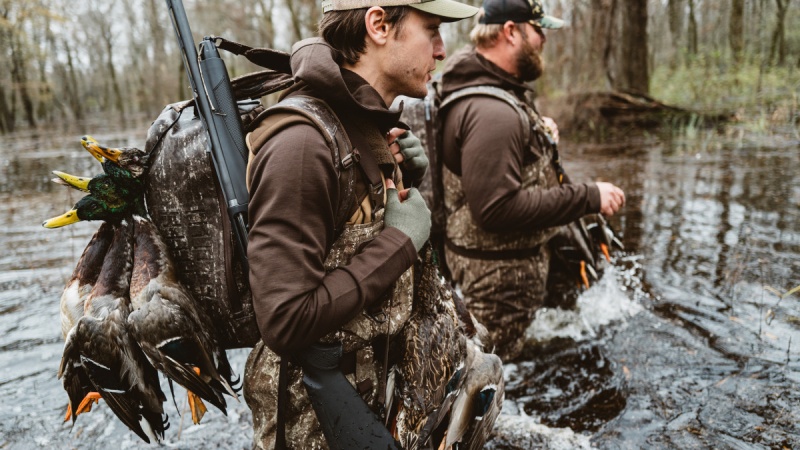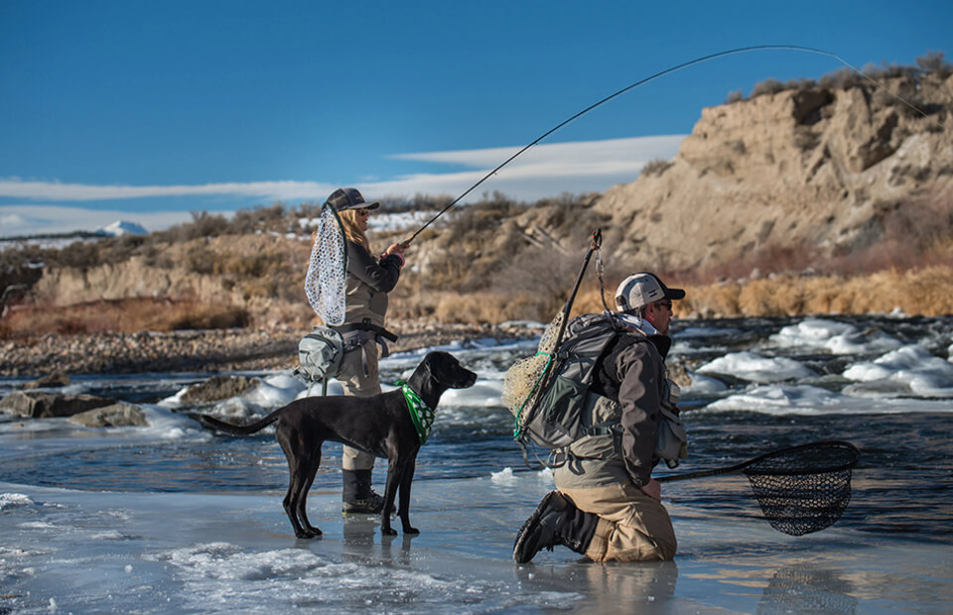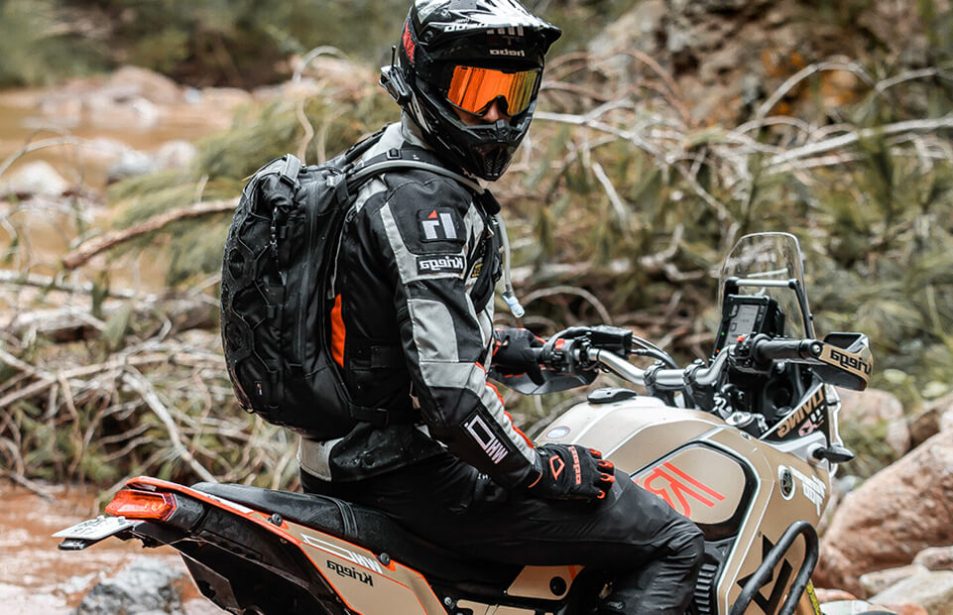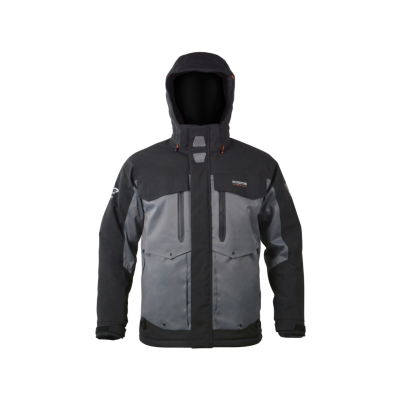Ultimate Guide To Choosing Waterfowl Hunting Vest
Global Market Outlook for Waterfowl Hunting Vests
The global demand for waterfowl hunting vests continues to expand as outdoor sports participation increases, especially across North America and Europe. Over the past decade, waterfowl hunting accessories have evolved into a specialized equipment category driven by innovation in camouflage technology, fabric durability, and multifunctional design. As a key component of hunting apparel, the modern waterfowl hunting vest must combine weather protection, field efficiency, and safety-oriented engineering to meet professional and recreational needs.
For B2B buyers—including outdoor apparel retailers, hunting gear distributors, and sporting goods wholesalers—the waterfowl hunting vest has become an essential sourcing item due to its high seasonal sales volume and the growing popularity of premium technical gear. This Ultimate Guide to Choosing Waterfowl Hunting Vest provides a complete market and product evaluation to support global procurement decisions.
Industry Trends and Market Drivers
Multiple factors continue to shape the waterfowl hunting vest market worldwide:
• **Growth of Waterfowl Hunting Tourism**: Regions such as Canada, the U.S., and Northern Europe report increasing participation in guided hunts, creating new demand for specialized hunting apparel.
• **Performance-Oriented Fabrics**: The shift toward water-resistant outer shells, moisture-wicking linings, and ripstop textiles enhances durability and comfort in wetlands and cold environments.
• **Camouflage Advancements**: Buyers increasingly prefer realistic patterns that blend with marsh, timber, and open-water environments.
• **Multifunctional Storage**: Vests featuring shell loops, large game pockets, and integrated gear systems have become standard expectations.
• **Safety and Visibility Options**: Reflective panels and blaze-orange add-ons meet regulatory requirements in multiple regions.
These developments show how the waterfowl hunting vest has transformed from a simple utility item to a high-performance garment engineered for field adaptability and efficiency.
Technical Specifications of a High-Quality Waterfowl Hunting Vest
The Ultimate Guide to Choosing Waterfowl Hunting Vest must consider the technical components that determine real-world performance:
• **Fabric Type**: Heavy-duty polyester, nylon, or cotton-blend duck canvas with water-repellent treatments for protection in wetlands.
• **Water Resistance**: DWR coatings and laminated layers help prevent water absorption during prolonged exposure.
• **Insulation Options**: Some vests feature lightweight synthetic insulation for cold-season hunting.
• **Breathability**: Ventilated mesh linings prevent overheating during active field movement.
• **Load-Bearing Strength**: Reinforced stitching and abrasion-resistant patches ensure durability under heavy gear loads.
• **Weight Range**: 350–700 grams depending on design complexity and fabric thickness.
• **Storage System**: Shell loops, zip pockets, magnetic closures, and rear game bag for field efficiency.
These technical details help buyers compare models and choose a vest suitable for different climates, hunting styles, and customer segments.
Product Structure and Functional Engineering
Understanding the structural design of a waterfowl hunting vest is essential for accurate B2B sourcing. A typical vest includes:
• **Outer Shell Layer**: Often water-resistant and abrasionproof to withstand reeds, mud, and brush.
• **Inner Lining**: Mesh or quilted polyester for comfort and thermal balance.
• **Ergonomic Cut**: Shoulder panels engineered for free shotgun mounting and unrestricted movement.
• **Game Pocket**: Large rear pouch designed for carrying harvested birds.
• **Gear Organization**: Dedicated pockets for calls, cartridges, gloves, and field tools.
• **Safety Features**: Optional high-visibility inserts or reflective trims for regional compliance.
The structure of the vest directly influences user performance in marshlands, blinds, and flooded timber environments.
Manufacturing Process and Quality Control
A professional waterfowl hunting vest must be produced through a systematic and quality-driven manufacturing process:
• **Fabric Preparation**: Water-resistant coatings are applied and cured under controlled temperature.
• **Pattern Cutting**: Precision cutting equipment ensures uniformity across large production runs.
• **Stitching & Reinforcement**: Heavy-thread and bar-tack reinforcement protect high-stress areas such as pocket edges and shoulder seams.
• **Hardware Assembly**: Zippers, buckles, and magnetic closures are installed to withstand wet and muddy use conditions.
• **Field Testing**: Samples undergo stress tests, abrasion checks, and water-repellency evaluations.
• **Batch Inspection**: Finished vests are checked for fit accuracy, storage function, and performance consistency.
Strict quality standards ensure that the vests maintain durability and functionality across demanding field environments.
Buyer Preferences and Sourcing Challenges
Procurement managers evaluating the Ultimate Guide to Choosing Waterfowl Hunting Vest should be aware of the purchasing priorities and pain points reported by global B2B buyers:
• **Reliable Water Resistance**: Buyers require verified lab test results and performance certifications.
• **High-Demand Camouflage Variations**: Different regions prefer distinct patterns tailored to vegetation and terrain.
• **MOQ Flexibility**: Seasonal demand fluctuations make adjustable order volumes essential.
• **Durability Assurance**: Reinforced stitching and abrasion resistance directly impact long-term customer satisfaction.
• **Competitive Pricing**: Buyers work within tight margins for seasonal hunting categories.
• **Timely Lead Times**: Compressed outdoor retail cycles require accurate production and delivery planning.
Addressing these concerns is critical for building strong, repeat B2B partnerships in the outdoor gear sector.
Applications and Field Performance
A well-engineered waterfowl hunting vest is designed for multiple use environments and customer profiles:
• **Marshland Hunting**
• **Timber Hunting**
• **Open-Water Hunting**
• **Blind and Layout Hunting**
• **Cold-Season Waterfowl Pursuits**
The vest’s weather resistance, lightweight build, and storage system significantly influence hunter efficiency and overall safety in the field. Its performance is especially important in wet, cold, and unpredictable conditions common to waterfowl environments.
Frequently Asked Questions (FAQ)
1. What materials are best for a waterfowl hunting vest?
Heavy-duty polyester or nylon with water-resistant treatment is recommended for durability and field protection.
2. How important is camouflage selection?
Camouflage that matches regional vegetation patterns improves concealment and increases field effectiveness.
3. Do buyers prefer insulated or non-insulated vests?
Both are common. Cold regions favor insulated models, while mild climates prefer breathable, lightweight versions.
4. What storage features are most requested by international buyers?
Shell loops, large game pockets, and quick-access magnetic closures are consistently high-demand features.
Request Samples, Technical Data Sheets, and B2B Quotations
We supply comprehensive support for buyers sourcing high-performance waterfowl hunting vests. Our team provides sample units, fabric specifications, durability test reports, and customization options tailored to your regional market needs.
Contact us to request quotations, review technical documentation, or schedule sample evaluations for your upcoming procurement plan. We are committed to helping you secure top-quality hunting apparel engineered for global outdoor markets.
